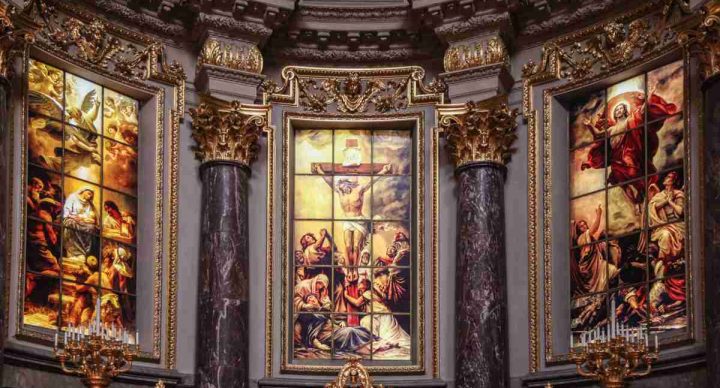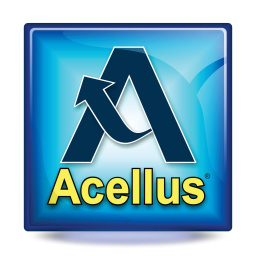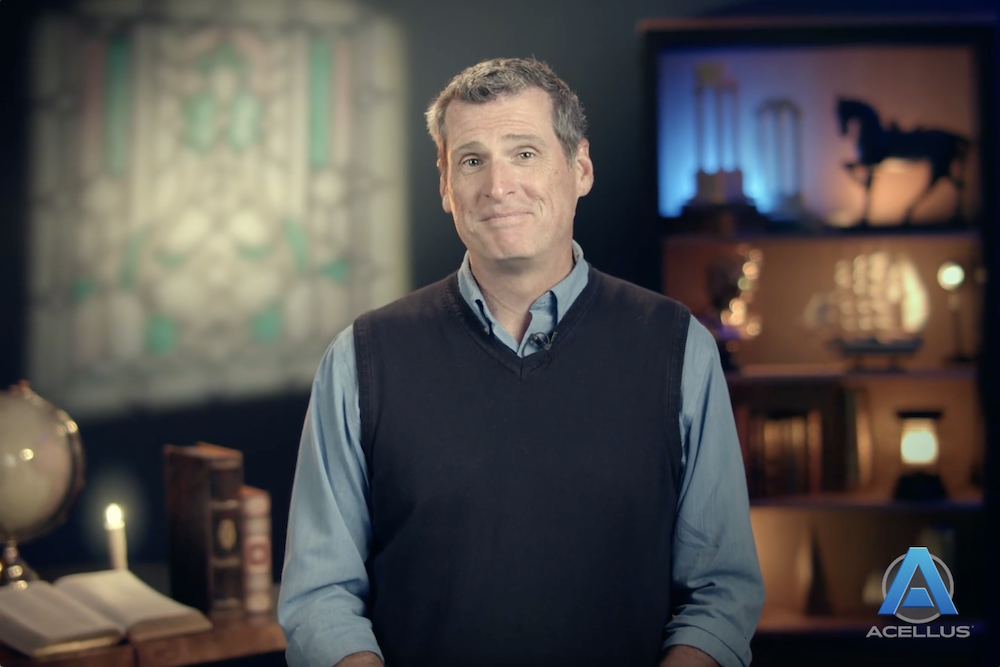AP European History

Course Features
Course Duration: Full Year
Assessment: Pre-Test, Lesson Practice, Unit Exams, Mid-Term Exam, Final Exam
Language: English
Course Details
Course Overview
The AP European History course takes students on an in-depth exploration of the major political, social, cultural, and economic developments that shaped Europe from the Renaissance to the present day. Students will critically examine key historical events and movements, including the Renaissance, Reformation, Absolutism, the Scientific Revolution, Enlightenment, and the conflicts of the 20th century. Through primary source analysis, argumentative writing, and historical inquiry, students will gain a deep understanding of the evolution of European society and its impact on the modern world. This course emphasizes the development of historical thinking skills and prepares students for the AP European History exam. This course is also A-G approved through the University of California.
Acellus AP European History is taught by Acellus Course Instructor, Paul Sargent.
Sample Video: Introduction
 This course was developed by the International Academy of Science.
Learn More
This course was developed by the International Academy of Science.
Learn More
Scope and Sequence
Unit 1: Renaissance and Exploration, c. 1450 to c. 1648 This unit introduces students to the intellectual and cultural revival of the Renaissance, examining humanism, art, and politics in both Italy and Northern Europe. Students will also explore the Age of Exploration, highlighting technological advances, European colonialism, and the commercial revolution, including the Columbian Exchange and the impact of the slave trade on global commerce. Unit 2: Age of Reformation, c. 1450 to c. 1648 Students will delve into the religious transformations of the Reformation, including the roles of Martin Luther, John Calvin, and other reformers. They will analyze the political and social impact of the Reformation, including the spread of Protestantism, the English Reformation, the Catholic response, and the Thirty Years’ War. The unit also covers the cultural shifts reflected in Mannerism and Baroque art. Unit 3: Absolutism and Constitutionalism, c. 1658 to c. 1815 This unit examines the political evolution of European states, focusing on the rise of absolute monarchies and constitutional governments. Students will explore the English Civil War, the Glorious Revolution, and the reigns of Louis XIV and Peter the Great, along with the economic changes brought about by the Agricultural Revolution and the development of mercantilism. Unit 4: Scientific, Philosophical, and Political Developments, c. 1648 to c. 1815 Students will study the major intellectual revolutions of the 17th and 18th centuries, focusing on the Scientific Revolution and the Enlightenment. Topics include key figures such as Voltaire, Diderot, Hobbes, and Locke, as well as the societal changes that accompanied new scientific discoveries, philosophical thought, and political models. The unit also covers Enlightened Absolutism and population shifts in Europe. Unit 5: Conflict, Crisis, and Reaction in the Late 18th Century, c. 1648 to c. 1815 In this unit, students will explore the causes and consequences of the French Revolution, the rise of Napoleon, and the international responses to revolutionary France. The unit examines how political ideologies such as conservatism and nationalism arose from the conflicts of this period and how the Congress of Vienna sought to restore European balance. Unit 6: Industrialization and Its Effects, c. 1815 to c. 1914 Students will investigate the causes and effects of the Industrial Revolution, including the technological advances, population growth, and urbanization that reshaped Europe. The unit also explores social movements, such as the rise of socialism and liberalism, as well as the political reforms that emerged in response to the challenges of industrial society. Unit 7: 19th-Century Perspectives and Political Developments, c. 1815 to c. 1914 This unit focuses on the rise of nationalism and the unification of Italy and Germany, along with key conflicts such as the Crimean War. Students will examine the ideologies of Darwinism, realism, and modern art, as well as the motivations and consequences of European imperialism during the 19th century. Unit 8: 20th-Century Global Conflicts, c. 1914 to present Students will study the causes and impact of the world wars, focusing on World War I and II, as well as the Russian Revolution, fascism, and Nazism. The unit explores the global economic crises, the interwar period, and the Holocaust, highlighting the shifting balance of power in the 20th century and how it set the stage for the modern era. Unit 9: Cold War and Contemporary Europe, c. 1914 to present The final unit covers the Cold War and its impact on Europe, examining the rebuilding of Europe, the emergence of superpowers, decolonization, and the fall of communism. Students will also explore contemporary issues such as the European Union, globalization, migration, and advances in technology, medicine, and the arts in the 20th and 21st centuries.
This course does not have any sections.


